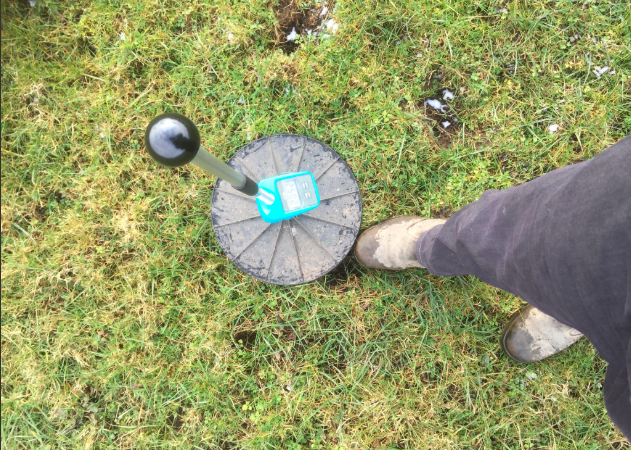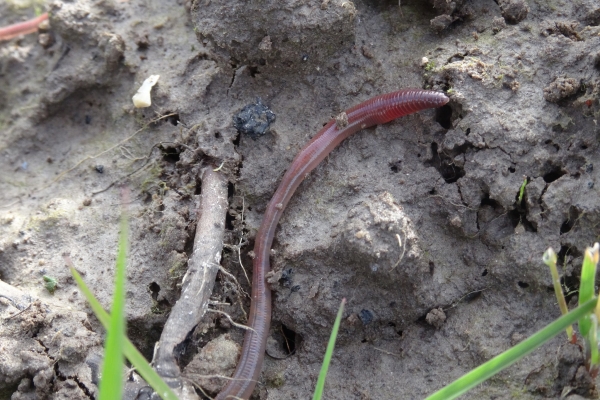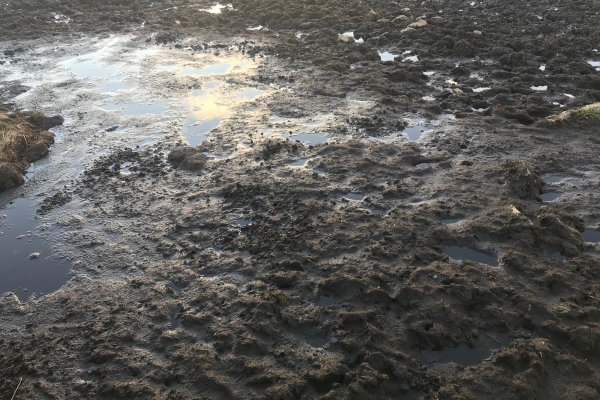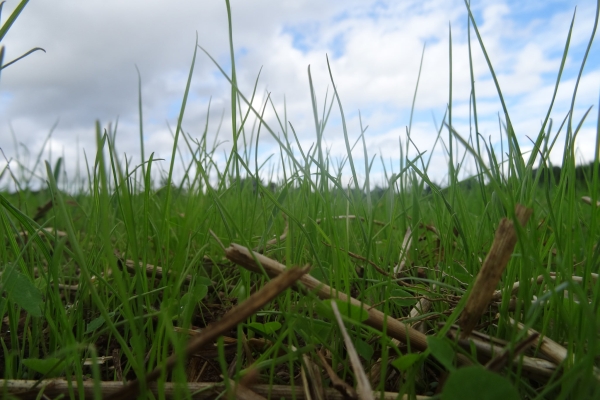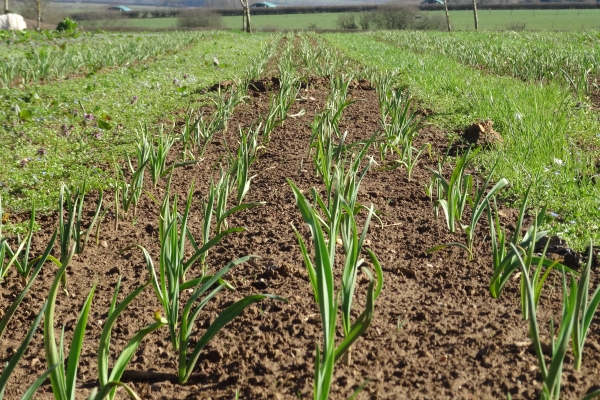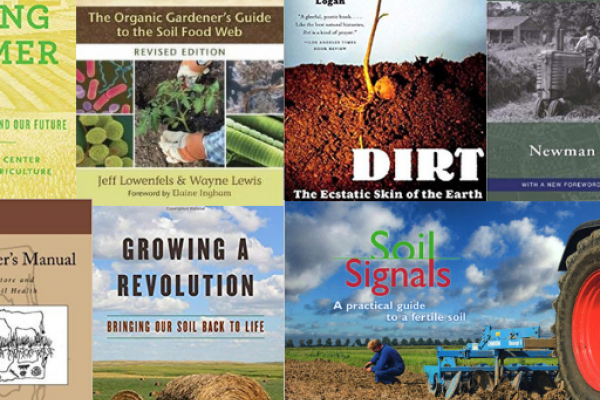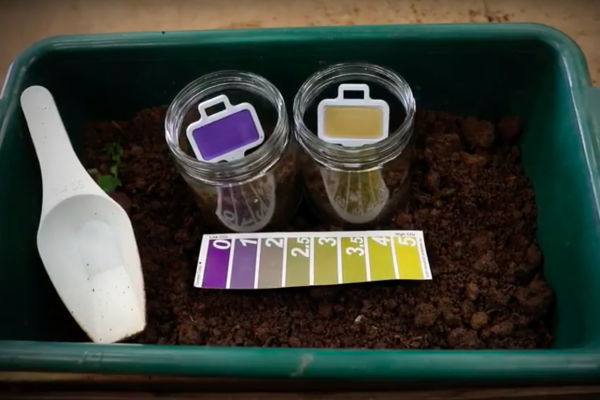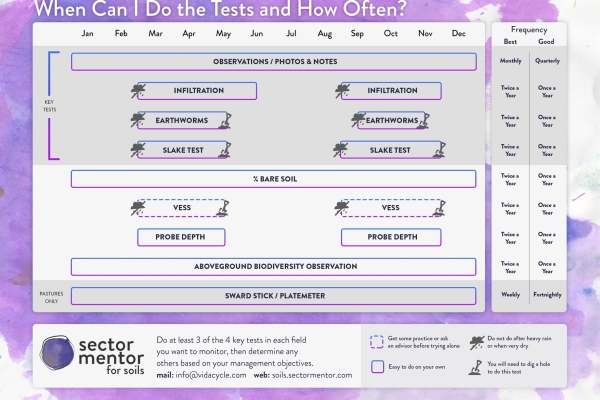Know your Soils #9: The plate meter
How to maintain productive grassland
Resource explained
Know your Soils #9 from the Soilmentor team shares the insights of Alex Heffron, a Welsh farmer from Mountain Hall Farm who produces Jersey raw milk and beef using a pasture fed system. Alex manages his livestock with a holistic planned grazing framework and mob grazing, so he is regularly moving them around different parts of the pasture. But how does he know when to move the cows? Alex uses a plate meter to calculate the forage volume on the field he is moving them to, so he can calculate when to move them off that field based on how much the cows will eat and how much grass he wants to leave on the field to ensure optimum regrowth. See more ‘Know your Soils’ resources on Agricology sharing practical tips for building soil health and simple tests you can do on your land.
Findings & recommendations
- Plate meters calculate the forage volume on a field – they are a useful tool for holistic planned grazing systems and mob grazing.
- Mob grazing is the practise of moving cows around small areas of pasture in a ‘mob’ which allows grass suffcient time to regrow.
- Plate meters measure the height and density of the sward giving a reading of dry matter per hectare.
- Regular plate meter readings help farmers to understand how their forage is developing and changing with different farm management practices.
